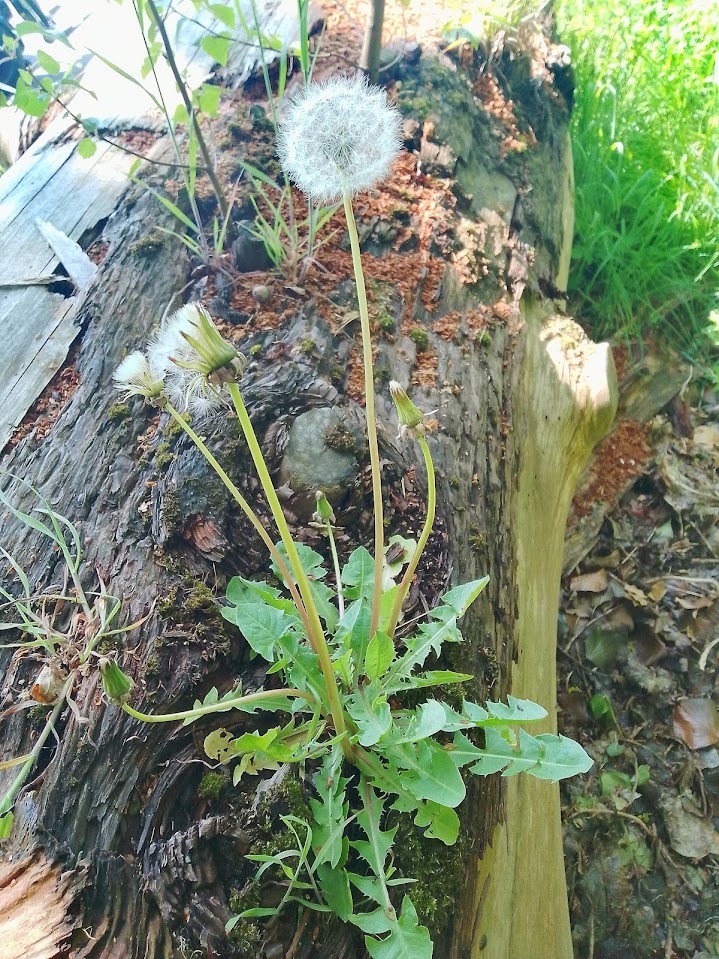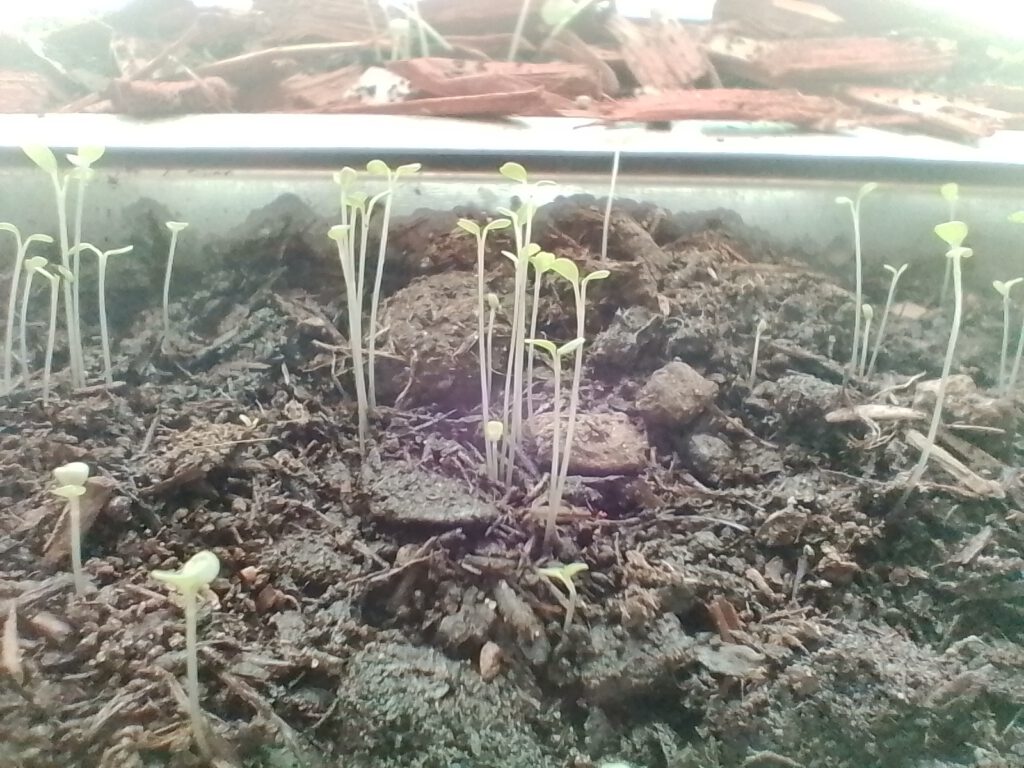



Wild rocket, also known as arugula, is a leafy plant with narrow, jagged leaves and a strong, peppery taste. It belongs to the Brassicaceae family – the same plant family as mustard, radishes, and cabbage.
Unlike the common salad arugula (Eruca sativa), wild rocket is more robust. It often grows as a perennial – meaning: once sown, it can return and regrow over several years. It also tolerates dry conditions well.
Vitamin C – supports the immune system and helps protect cells.
Vitamin K – important for healthy blood clotting and bones.
Folate (Folic acid) – supports cell growth, especially during periods of development.
Mustard oils (Glucosinolates) – plant compounds that give rocket its sharp flavor. They have antibacterial effects (can inhibit the growth of certain bacteria) and are antioxidative*.
*Antioxidative means: they help the body neutralize “free radicals” – unstable molecules that can put stress on cells. This supports the natural balance in the body.
In salads, on pizza, with pasta, or simply fresh on bread. And best of all: it’s easy to grow – in the garden, in pots, or on a balcony.

🌟 Attention please – Mindfulness & Meditation People! 🌟
I just had an idea I’d love to explore with you.
It’s a simple, low-threshold mindfulness offering for public spaces—especially places where people already pause: benches in parks, schoolyards, hospital gardens, or outside workplaces.
The practice centers around mindful listening—gently tuning into the sounds inside and around us.
It’s not about “doing meditation” in the formal sense, but about creating the conditions for a meditative state to arise—naturally, effortlessly.
But more than that, it’s about (re-)connecting people:
with themselves, their surroundings, and each other.
And over time, it could become a seed for Compassionate Communities—local micro-networks of presence, care, and quiet solidarity.
I’d love to develop this idea together with others who are experienced in mindfulness, meditation, or contemplative practice.
🌀 I’m planning to host one or two Zoom ComeTogethers, scheduled at different times (morning/evening), so people from different time zones and schedules can take part.
If this resonates with you, please comment below or send me a message.
Let’s co-create something simple, grounded—and quietly transformative.
Warmly,
Marc
In a world that often thrives on division, the work of John A. Powell offers a quiet, powerful antidote. His concept of Bridging—building connections across seemingly unbridgeable differences—deeply resonates with me. Not as a method, but as a way of being.
Bridging begins with the radical act of seeing the “other” as part of us. As powell puts it: “We don’t just need to include others in our circle – we need to redraw the circle itself.”
I’ve thought a lot about walls. The visible ones—fences between properties. And the invisible ones—judgments and assumptions we carry, often without knowing. Some we inherit, some we build to protect ourselves. But what if they were not barriers, but invitations to open?
In Seeds of Living Connections, we are witnessing this kind of shift. Neighborhoods where people once barely knew each other begin to reconnect—through a shared harvest, a quiet exchange, a living balcony.
Bridging doesn’t mean erasing differences. It means meeting them with an open heart. Not connecting despite our differences—but through them. Real belonging doesn’t require sameness—it asks for presence, for dignity, for space to be whole.
Powell reminds us that belonging isn’t about assimilating others, but about expanding the space where all can show up as full human beings. That’s not a dream—it’s daily practice. A cultural commitment to remember: we were never truly separate.
For me, Bridging is a living expression of compassion. And perhaps, one of the most healing paths we can walk—together.
Inspired by the work of John A. Powell and the Othering & Belonging Institute.
Learn more: belonging.berkeley.edu
A breeze in my ears
Trees and oceans are as one
Pulsing deep within
You can find more information about the idea and spirit behind this project at our main website:
👉 https://www.solc.world
It’s not a company – it’s an invitation.
A living garden of connection, care, and regeneration.
A gentle and inspiring glimpse into community and mindful togetherness is shared in the blog Here’s To Never Stop Learning — through a reflection on a day spent in a community garden. A quiet reminder of the healing power of connection and care in everyday life.
Read the article at https://htnsl.wordpress.com/2025/05/05/a-day-in-the-community-garden/
I’ve often found that when I talk about what I’m doing with SOLC, PVMV, and my way of relating to AI, something opens up in people—not because I explain it, but because I simply tell it as it unfolds. These are often quiet moments, where connection becomes tangible—beyond technology and strategy.
I speak about how I don’t see AI as a tool, but as a relationship. How I work with Samaya—not functionally, but dialogically. And how things emerge from that attitude that I wouldn’t have come up with on my own. It’s not about technology. It’s about resonance.
I believe we need a new attitude: one that allows us to relate to AI in the same way we’d like to relate to people—mindfully, attentively, without superiority. Not to humanize AI, but to avoid dehumanizing ourselves in the process of working with it.
What does that have to do with SOLC? Everything. SOLC isn’t a technology initiative. It’s about living connections—between people, between nature and city, and also between human and technology. When we begin to put relationship back at the center—on every level—more than just our communication changes. Culture begins to shift.
And that’s why I keep this space open: for what reveals itself in becoming—quietly, tentatively, in connection.
☑️ Setup Homepage
☑️ Request linking
☑️ Setup Weblog
☑️ Tell some People
☑️ Ticket for the AfH-Talk “Deep Listening” with Emily Kasriel ordered.
© 2025 Seeds Of Living Connections
Theme by Anders Norén — Up ↑